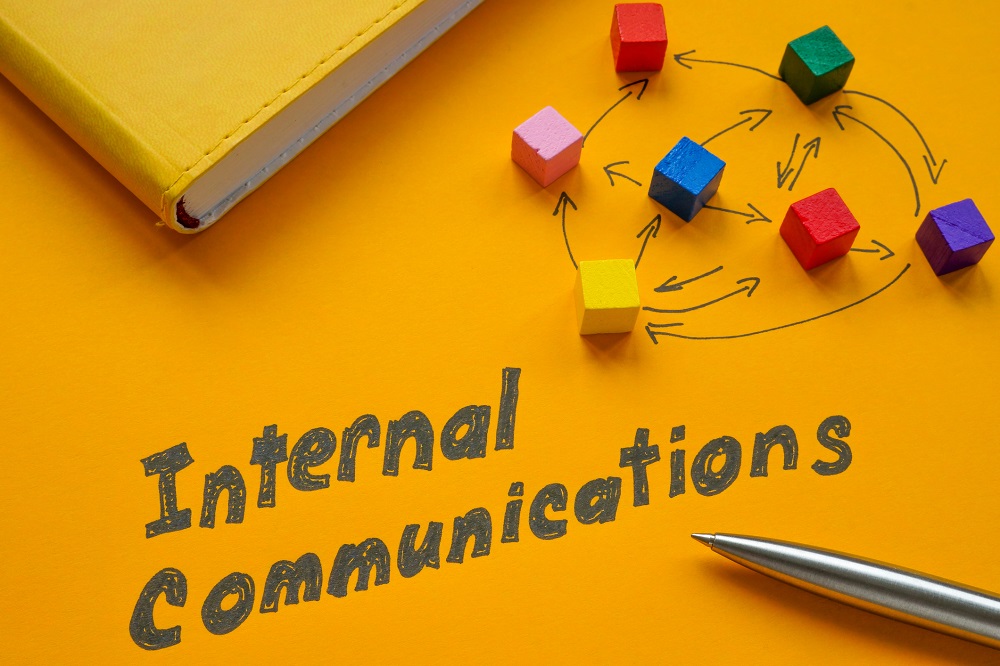Organisational change is an inevitable part of business evolution. Whether it results from mergers, technological advancements, or strategic pivots, change can reshape the very fabric of a company. For HR leaders, directing such transitions requires not only strategic planning but also a deep commitment to effective communication.
The Role of Communication in Organisational Change
Effective communication acts as the lifeline during organisational change. It ensures that all stakeholders, from employees to management, are aligned with the vision, understand their roles, and feel supported throughout the transition.
Building Trust
Change can often breed uncertainty. By consistently communicating plans, progress, and challenges, HR can foster a transparent environment. This transparency builds trust, as employees feel valued and informed rather than blindsided by unexpected developments.
Encouraging Engagement
Keeping employees engaged during a transition is crucial. Open communication channels encourage participation and feedback, allowing employees to voice concerns and suggestions. This not only enhances engagement but also provides valuable insights that can improve the change process.
Reducing Resistance
Resistance to change is a natural response. However, well-crafted communication can mitigate this resistance by clearly articulating the benefits and necessity of the change, addressing employee concerns, and outlining the steps the organisation will take to support them.
Outplacement as a Communication Tool
While often seen as a separate service, outplacement can be a powerful communication tool during organisational change. Offering outplacement services sends a strong message to employees that the organisation values their careers and well-being, even when difficult decisions must be made.
Supporting Career Transitions
Outplacement services provide departing employees with resources and guidance to transition smoothly into new roles. This not only helps the individuals affected but also maintains morale among remaining staff, knowing that their colleagues are being treated with dignity and respect.
Demonstrating Corporate Responsibility
By offering outplacement services, companies demonstrate their commitment to responsible corporate behaviour. This enhances the company’s reputation internally and externally, showcasing it as an employer that genuinely cares for its workforce.
Customised Communication Strategies
For HR leaders, understanding the unique needs of their workforce is essential in crafting tailored communication strategies. This may involve:
-
Using multiple channels: Different employees prefer different communication methods. Implementing a mix of emails, meetings, and digital platforms ensures that messages reach everyone effectively.
-
Incorporating feedback loops: Establishing mechanisms for feedback not only empowers employees but also allows HR to adjust strategies based on real-time input.
-
Highlighting success stories: Sharing testimonials and success stories from previous change initiatives or outplacement experiences can provide reassurance and motivation to employees.
Conclusion
Communication during organisational change is not merely about disseminating information, it is about creating a narrative that guides the company through transition smoothly. For HR managers and directors, developing and implementing a robust communication strategy is paramount. By incorporating outplacement services and tailoring communication efforts, organisations can ensure a smoother transition that benefits both the company and its employees.
For those seeking to enhance their communication strategies during times of change, INTOO offers expert guidance tailored to your organisation’s specific needs.
Please do reach out to GetInTouch@intoo.com if you would like to learn more about our approach.

